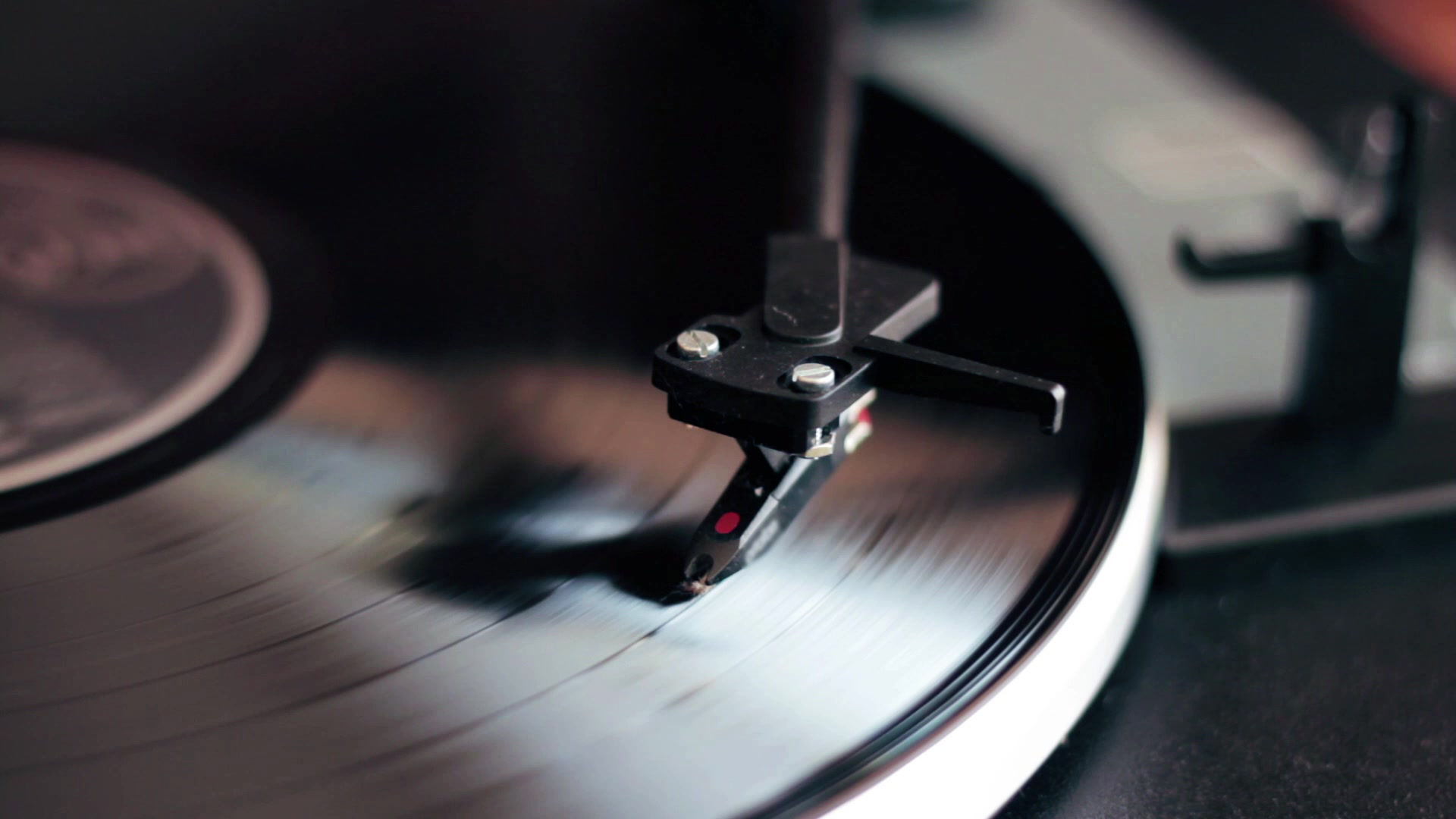Christian Lindberg & Taipei Chinese Orchestra En Shao
- Gerald Van Waes
- Jun 25, 2016
- 3 min read

Bi Rec. Christian Lindberg : Trombone Fantasy (S/CN/TW,comp.2005-2009,pub.2011)***°
Christian Lindberg has a reputation as a trombone player, as a conductor and as a composer. Since the age of 6 he started to compose but his first official composition was made after his musical studies. When he heard the results at the rehearsal he was so shocked about the results, he decided only to focus mainly on trombone and to rearrange pieces since then, but after some years he still decided to make some compositions of his own, which led to several commissions. Because I am always interested in mixing cultures with creative interaction of ideas, even when conditioned minds are interfering and become the brooding source for something new to happen, everywhere where this meeting point is used as inspiration, it leads to something interesting happening, as if there’s a communication level adapting on the memory bank in the DNA, and a new circumstance of interaction being prepared.
In the case of this new release, the five pieces very much take different musical starting points of ideas. All pieces are works for trombone (Christian Lindberg) with a Chinese orchestra (the Taipei Chinese Orchestra En Shao). A Chinese orchestra consists of mainly Chinese traditional instruments but is adapted to a western orchestral layout, with four sections : bowed strings, plucked strings, wind instruments and percussion. The effect of the string orchestra is comparable to the western string orchestra (for a more full sound the Chinese bass instruments were replaced by the western double bass), the first/solo violin has a more Chinese flavour, played by the 2-string erhu, the plucked part is also more recognisably Chinese (Chinese lutes), as well as the percussion, which is used, especially in the second piece as colourful accents, like a memory of older traditional music.
Like I already mentioned, especially the second piece, composed by Taiwanese composer Yiu-Kwong Chung seems to use these old Chinese elements as colouring elements. This piece is taken from a famous aria from the Peking opera “Cursing general Cao Cao”. The lead melodic part is played by the trombone, sometimes by the erhu, mostly somewhat in combination. The way the trombone has been played makes the piece already a combination of more western and melodic orchestral feeling mixed with more Chinese folklore. The orchestral swelling is more Western typed, while the melodic and rhythmic accents are more folkloristic in nature.
The first piece is traditional arranged by the same composer. This sounds more like a story telling piece within a landscape, while the trombone leads the song-like melody. The piece consists of three Mongolian songs. The orchestra very much accompanies the lead melody like a supporting rhythm during the journey/story. At a certain stage the trombone changes its form of expression and plays in combination with a pedal and breathing/singing techniques, first with a sort of didgeridoo-like effect. This is of course an association with the Mongolian overtone singing techniques. There is an enthusiast, happy melodic tempo in the conclusion.
Christian Lindberg wrote the third piece, for narrator and Chinese orchestra. It is a sad fairy-tale like story with spoken word lead, the orchestra accompanying the story with melodic accents, descriptive and dramatic string, and flute/wind instruments environments and engagements, and some plucked sadnesses, and with nothing but a few plucked open notes as conclusion.
On the next piece by Yiu-Kwong Chung, a concertina for trombone and Chinese Orchestra, the sound of the orchestra becomes of a very western type in sound balance and dynamism, also the composition is more contemporary, even with all its descriptiveness. The piece, which has something esoteric, of a wandering mind, inspired by Baudelaire’s “Fleur Du Mal”. The composer says it is written in an impressionistic style.
The last piece by Christian Lindberg, orchestrated by Qu Chunquan, is again somewhat different. It is a dramatic story about a bad person who doesn’t realise how he really has become, with an open ending whether one of his victims could do something for his soul by sacrifice and pity. The orchestra uses contemporary chords, describes tragedy with classical music. The orchestra’s sonic qualities that still show the original instruments characteristics at certain stages form a new kind of opera, which isn’t western nor Chinese. The lead voice is a grotesque, raw and pretentious character, and is almost shocking in its presence, like a stage character who wants to dominate the scene. It could be part of something bigger. The open ending is sad like a dramatic realisation.






















Comments